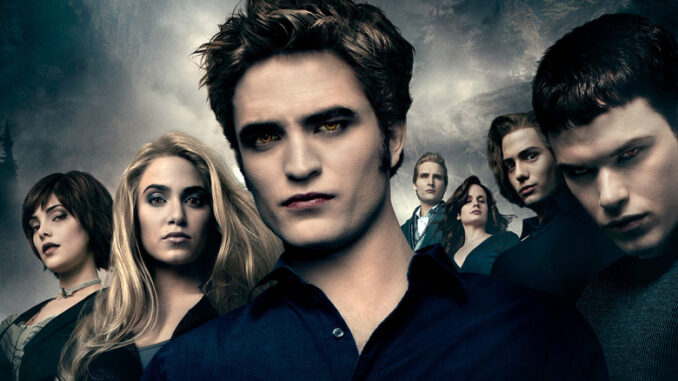
The uncanny valley yawns wide when we consider the convergence of childhood innocence, supernatural horror, and hyperreal representation. This intersection, explored in disturbing depth by the fictional figures of Chucky, Renesmee Cullen, and various "horror dolls," reveals a deep-seated anxiety about manipulation, the corruption of purity, and the blurring lines between human and non-human. These figures, in their own distinct ways, embody a specific kind of terror, one rooted in the violation of expectations surrounding youth and the inherent vulnerability we associate with it.
Chucky, the possessed Good Guy doll from the "Child's Play" franchise, is perhaps the most overt example of this. His cherubic plastic face, coupled with his gleeful sadism and foul-mouthed vitriol, creates a jarring and deeply unsettling image. The horror stems not just from his murderous actions, but from the cognitive dissonance of a child's toy acting with adult malice. He exploits the assumed innocence of childhood, turning it into a weapon against his unsuspecting victims. Chucky represents the perversion of a symbol of comfort and companionship, a betrayal of the trust inherent in the relationship between a child and their toy. He is a walking, talking nightmare, a manifestation of the fear that even the most seemingly benign objects can harbor dangerous, uncontrollable forces. He embodies the fear of the puppet master – not a supernatural entity, but the inherent manipulability of something meant to be innocent.
Renesmee Cullen, the half-human, half-vampire child from the "Twilight" saga, presents a more nuanced, though equally unsettling, form of this terror. While not explicitly malevolent like Chucky, Renesmee is imbued with unnatural abilities and an accelerated rate of growth, blurring the lines of what is considered normal and natural for a child. Her unnervingly beautiful features and preternatural intelligence create a sense of unease. She is not inherently scary, but her existence challenges our fundamental understanding of childhood development and human biology. The fear surrounding Renesmee is the fear of the "other," the fear of a being that transcends the boundaries of human comprehension. She represents the potential for the unnatural to infiltrate the realm of the familiar, a disruption of the established order of life and death. The anxieties surrounding her stem from a discomfort with the unnatural merging of human and supernatural, a fear of the unknown lurking beneath a seemingly innocent façade.
The broader category of "horror dolls," encompassing everything from antique porcelain dolls with unsettling stares to modern-day replicas of demonic figures, taps into a similar vein of unease. These dolls often possess features that mimic human anatomy with unsettling precision, yet lack the spark of life that differentiates them from the living. Their blank expressions and unblinking eyes create a sense of surveillance, a feeling that they are silently observing and judging. This is the uncanny valley in full effect: they are close enough to human to trigger recognition, but distant enough to evoke a sense of unease and dread. These dolls often serve as vessels for anxieties surrounding mortality, control, and the potential for inanimate objects to possess a will of their own. They are relics of a past era, imbued with the unspoken fears and anxieties of generations, acting as silent sentinels of forgotten horrors.
Ultimately, the horror associated with Chucky, Renesmee, and horror dolls stems from a shared transgression: the violation of the perceived innocence and vulnerability of childhood. These figures disrupt our expectations of what is natural and safe, blurring the lines between human and non-human, innocent and malevolent. They tap into a deep-seated fear of manipulation, corruption, and the potential for the familiar to be twisted into something terrifying. They are unsettling reminders that even the most seemingly benign objects can harbor hidden dangers, and that the line between childhood innocence and monstrous perversion can be frighteningly thin. Their enduring presence in popular culture speaks volumes about our collective anxieties surrounding the corruption of purity and the uneasy relationship between appearance and reality. They are, in essence, reflections of our deepest fears, packaged in the guise of innocence, and ready to haunt our dreams.
